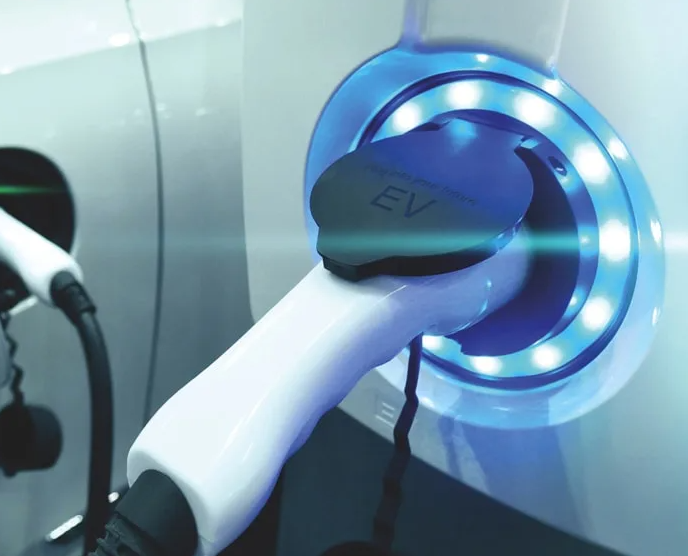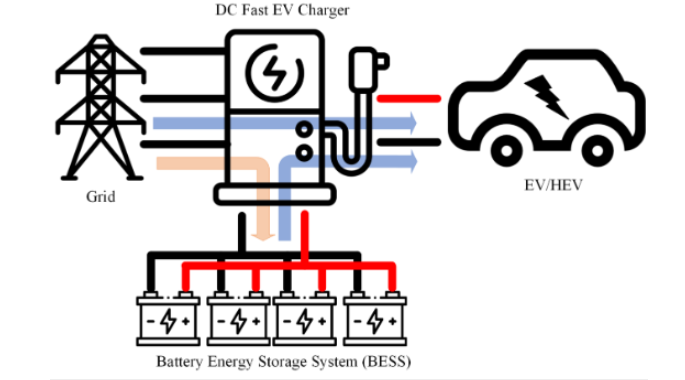OUTLINE:
Why Fast Charging is essential for EVs
 157
157The automotive industry is shifting towards electric vehicles (EVs) as a means of reducing greenhouse gas emissions and conserving fossil fuels. While EVs contribute to cleaner energy and higher efficiency, they face potential obstacles such as limited range and longer charging times.

Many people are hesitant about buying electric vehicles due to concerns about range anxiety and long charging times. However, fast charging, or DC fast charging, can address these issues by providing up to 80% of range within 30 minutes or less. Fast charging is a promising solution for improving the practicality of EVs, reducing range anxiety, and making them a more viable option for everyday use.
However, fast charging, or DC fast charging, can address these issues by providing up to 80% of range within 30 minutes or less. Fast charging is a promising solution for improving the practicality of EVs, reducing range anxiety, and making them a more viable option for everyday use.
The current infrastructure and power grid may not be sufficient to keep up with the growing number of EV users. To address this, charging times need to be reduced significantly. Battery optimization is crucial in achieving this goal.
The National Renewable Energy Laboratory has developed electrochemical models for lithium-ion batteries to optimize electrode and cell design.
- Macrohomogeneous models test the movement of lithium through the battery and analyze its reaction rates across the thickness of the electrodes. These models are used to capture the rate limitations and determine new methods to achieve fast charging.
- Microstructure models are based on the 3D geometry of active material particles. They provide information about how the particles are packed into the electrode. Microstructure models describe the distance the ions must travel at and the obstructions they face moving around the electrode.
- Degradation models are used to measure how degradation methods like lithium plating or cathode cracking affect the overall performance of the battery. They compare the various reactions in the battery to assess the new battery materials for improved performance.
Circuit to increase power density

Mechanism to enhance fast charging
DC fast chargers have high installation costs and put a strain on the power grid, but integrating them with a battery energy storage system (BESS) can provide a solution. The BESS charges up from the power grid when an EV is not connected and supplies power both from the grid and the battery systems for fast charging when the EV is connected. This reduces the load on the power grid and makes fast charging more feasible and sustainable.


Disclaimer: The views and opinions expressed by individual authors or forum participants on this website do not represent the views and opinions of Chipsmall, nor do they represent Chipsmall's official policy.

share this blog to:

